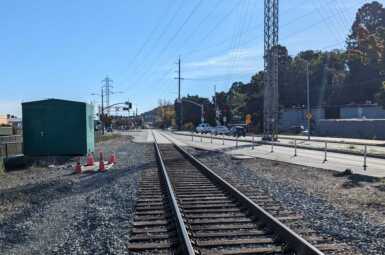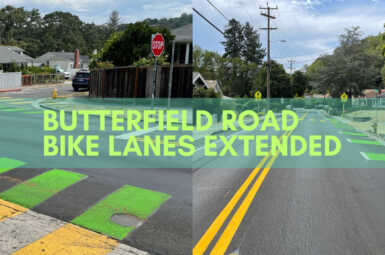Bay Area Plan Open for Comments Caltrans Turns Attention to Bicycling
Your input needed today: Caltrans recently launched a survey to identify locations where the state highway system acts as a barrier to bicycle travel in the Bay Area. Your response will help direct the first-ever regional bicycle plan by Caltrans, so please take a moment now to speak up for bike improvements in Marin County! To access the survey, click here.
In a true sign of the times, Caltrans is doubling down to support walking and biking – all to better align its work with California’s climate change and transportation goals. The department aims to make walking and biking safe, convenient, and comfortable for the everyday transportation needs of people of all ages, abilities, and incomes by 2040.
Just three years ago, a scathing audit of the department called for a “sweeping culture change,” urging it to broaden its focus from automobile speed and traffic by prioritizing more sustainable modes of transportation.
To its credit, Caltrans has since come a long way. In 2015, it adopted a new mission, vision, and goals to incorporate sustainability and reduce car dependence. The department then made big news when it announced a goal to triple bicycling, while doubling walking and transit by 2020.
Caltrans recently released a draft version of “Toward an Active California,” a statewide plan guided by the aforementioned vision for 2040. The plan is open for public comment until March 10.
Meanwhile, a more detailed plan for the Bay Area (Caltrans District 4) is getting underway. The Caltrans District 4 Bicycle Plan will be guided by goals and objectives developed in the statewide plan, but drills down to identify specific projects and strategies that make it easier to bike along or across the state highway system in the Bay Area.

Caltrans facilities in Marin include Highway 1 (Shoreline Highway), Highway 131 (Tiburon Boulevard), Highway 37, US-101, and I-580 (Image Source: Caltrans).
Caltrans recognizes that the state highway system acts as a major barrier to bicycle travel along, across, or near those arteries. Your response to Caltrans’ online survey will help identify these barriers in Marin County.
If you make your voice heard, the following types of projects will be identified and prioritized in the plan:
1. Opportunities for improved bicycle travel along state highways.
Bicycling is common along Highways 1 and 131 (Tiburon Boulevard), and is permitted along Highway 37 (one of the Bay Trail’s top local priorities is a multi-use path along the latter). Access along US-101 is confined to short segments of multi-use pathways, such as Horse Hill Path. Improvements to I-580 near San Quentin are needed to facilitate access to the Richmond-San Rafael Bridge.
2. Opportunities for improved crossings of state highways (including surface crossings, overcrossings, and undercrossings).
Locations where people biking must mingle with vehicles, like the Tamalpais Drive/Hwy 101 overcrossing in Corte Madera, remain dangerous due to high speed turning movements to access the freeway. The same is the case on surface streets near on- and off-ramps. Underpasses, like those found underneath US-101 in Downtown San Rafael, are uninviting and inhospitable spaces at best.
3. Opportunities for new crossings of state highways (including surface crossings, overcrossings, and undercrossings).
Caltrans is also looking for locations where new crossings are needed. If you notice specific areas where you must travel well out of your way because of a highway, call them out.
MCBC members are strongly encouraged to take Caltrans’ District 4 Bike Plan survey to help identify locations that meet the criteria listed above. Following the outreach period, a draft plan will be released in late 2017. MCBC is participating in the Technical Advisory Committee and will continue to provide updates on this important planning process.



